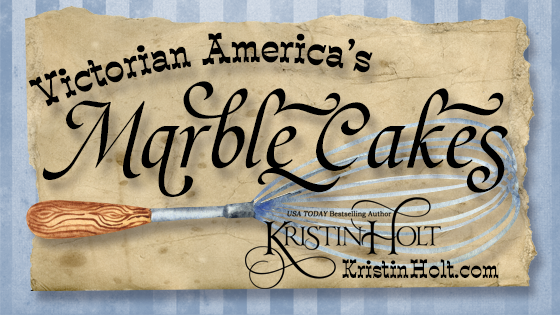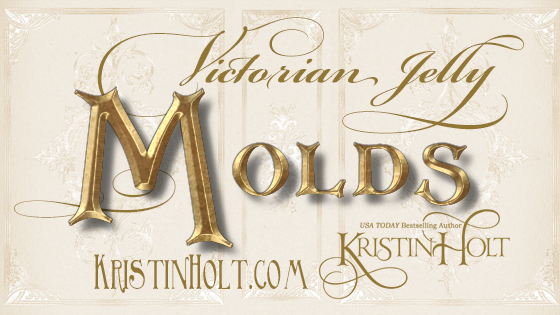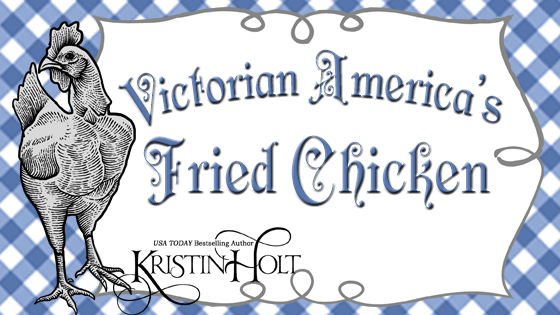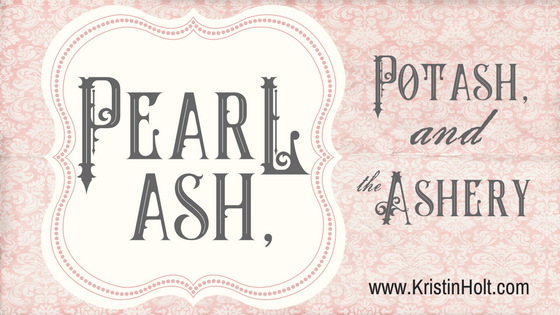
by Kristin Holt | Aug 13, 2021 | Articles
German immigrants brought Marmorkuchen–marble cake–to the United States. Vintage cook books and newspapers show spice-and-yellow cake batters swirled together. Late-nineteenth-century bakers began to swap spice cake for chocolate. Delicious vintage baking!

by Kristin Holt | Jun 19, 2021 | Articles
Fancy jellies graced 19th century tables, molded in dishes made of tin, zinc, copper, and various ceramics. Photographs of antiques, together with vintage advertisements, illustrate this Victorian kitchen staple.

by Kristin Holt | Jul 22, 2019 | Articles
A well-known New York Phrenologist gives late-Victorian-era American romance advice. “Blondes are Favorites,” he declared, backing up this observation with Phrenology. Much hymeneal wisdom packed into one interview, contained in the vintage newspaper article that sprang from a newspaperman interviewing the phrenologist. While affable blondes are best, beware of “Women of Genius” (those inclined to education and adopting “masculine” attributes such as self-protection and self-support). Victorian attitudes and perspectives circa 1890 shed much light on cultural norms.
Part of blog series: Who Makes the Best (Victorian) Wives?

by Kristin Holt | Jul 6, 2019 | Articles
July 6th is (United States’) National Fried Chicken Day. A perfect time to acknowledge and celebrate the love of fried chicken throughout the nineteenth century. Not only was this dish well-established in the colonies (17th and 18th centuries), it was a favorite throughout the States as the nation expanded to the California coast. Vintage newspaper clippings detail restaurant menus featuring fried chicken and provide vintage instructions for frying succulent drums, thighs, and breasts. Apparently folks said thank you with a good meal then, the same as they do now.

by Kristin Holt | Apr 30, 2018 | Articles
I’ve recently covered leavening agents in Victorian Baking, including saleratus and baking soda (let’s not confuse salsoda!). But what of the “pearl ash” noted in early American cook books (1796)? Asheries were a significant part of 19th century life, as ashes (can you imagine?) were a significant export from the United States and Canada. Come see what pearl ash was, how it was made, and what an ashery was all about.













